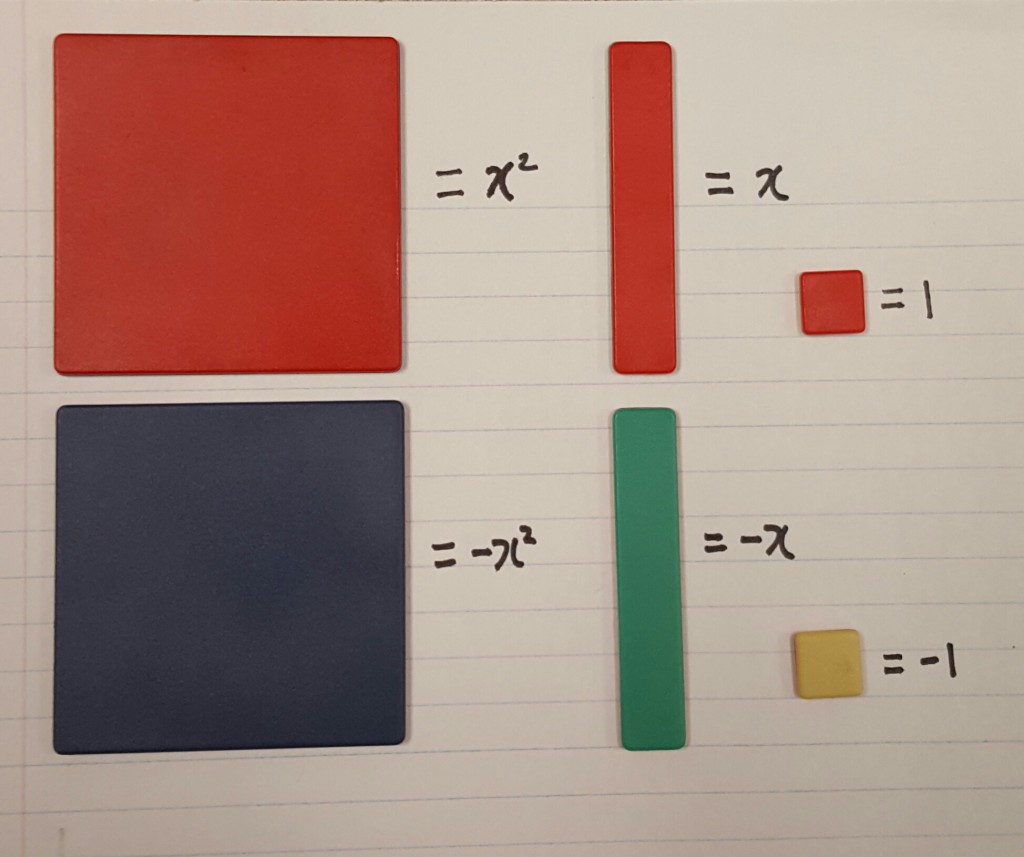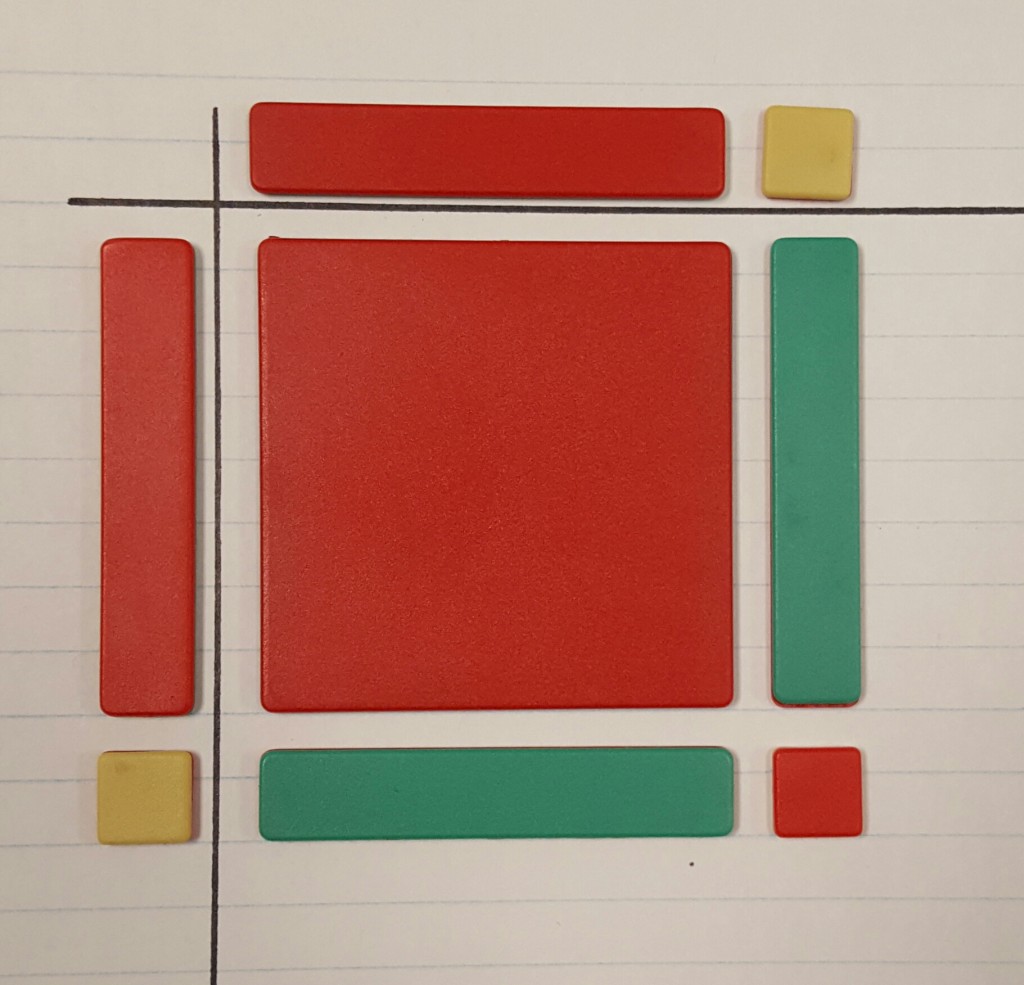Unfortunate yet Justifiable Police Shooting
Being in the wrong place at the wrong time may cause catastrophic consequences. This is portrayed in the short story “Identities” written by W.D. Valgardson. The story took place in an unsafe neighborhood that can be described as a Ghetto. A man with an appearance that contradicted his wealthy status drove around in his Mercedes Benz, and a patrol officer suspected him as a thief. Ultimately, the police ended up shooting the man due to his suspicion. Even though the police officer killed an innocent man, he was justified when he pulled the trigger because the officer did what was reasonable as a police. He found the man in an area where crimes occur regularly. In addition, he was skeptical due to the expensive car and “because he has been trained to see an unshaven man in blue jeans as a potential thief and not as a probable owner” (Valgardson 3). Then, when the police ordered the man to halt, instead of following the officer’s demand, he reached for his wallet to get his identification. At that moment, the police felt threatened as he thought the man was reaching for a weapon. One might say that the policeman had an impaired judgement of the situation and abused his authoritative power. However, by examining the case from the police’s perspective, the officer’s action was admissible. According to David Klinger, a University of Missouri St. Louis professor who studies the use of force, police officers are allowed to shoot under two circumstances. The first circumstance is “to protect their life or the life of another innocent party,” and the second is “to prevent a suspect from escaping” (Lind, 2016). The police officer in “Identities” certainly felt the need to protect himself from the danger and thought the man was attempting to flee. Legally, the crucial point in these shootings is whether “police officers reasonably believed that their lives were in danger, not whether the shooting victim actually posed a threat” (Lind, 2016). Although the public may criticize that, often times, law enforcement increases the chances of innocent people being placed in jeopardy, police officers necessitate this law to ensure their safety while they work. One should never forget that the police are humans as well. Everyone has the right to life, liberty, and security. The police officer who killed the innocent man was legitimate by virtue of the laws on police’s use of force. It is unfortunate that the man died. If a different officer were in that neighborhood, the result may have turned out differently. Therefore, this story has the power to deliver the message that fate is not always determined by one’s own actions.









